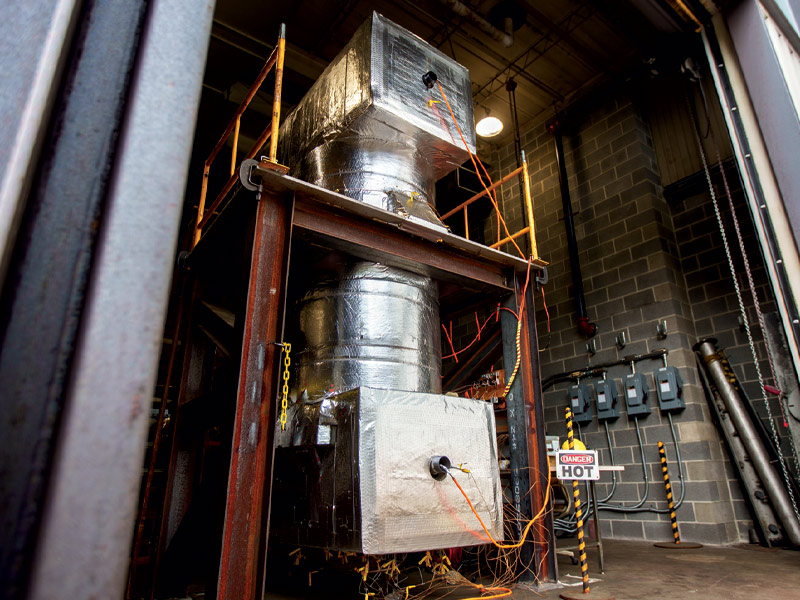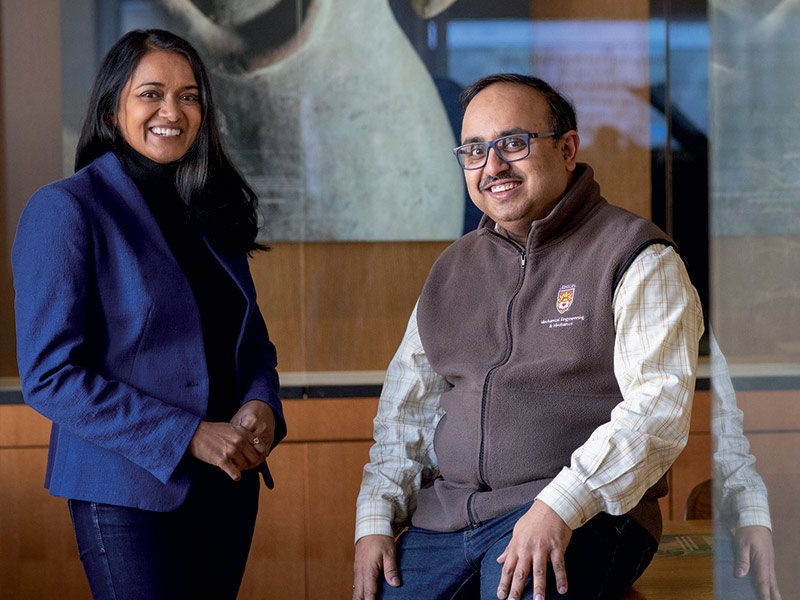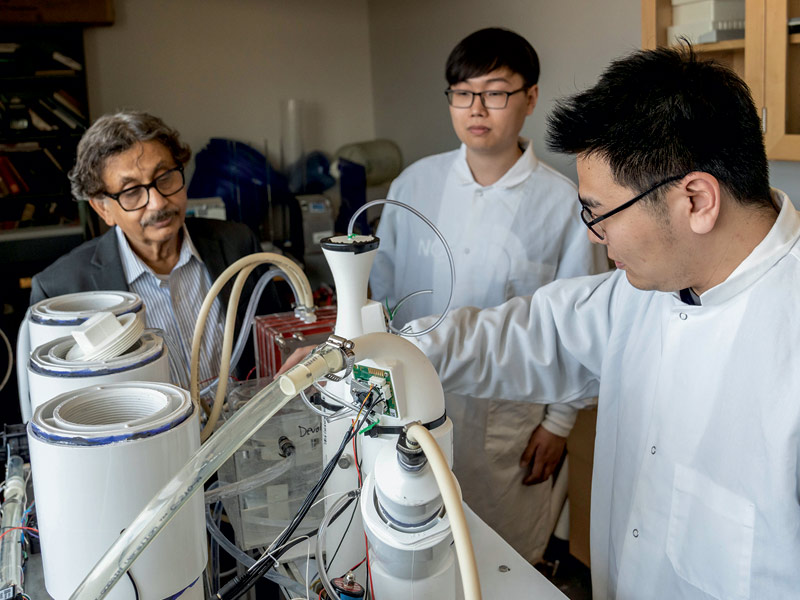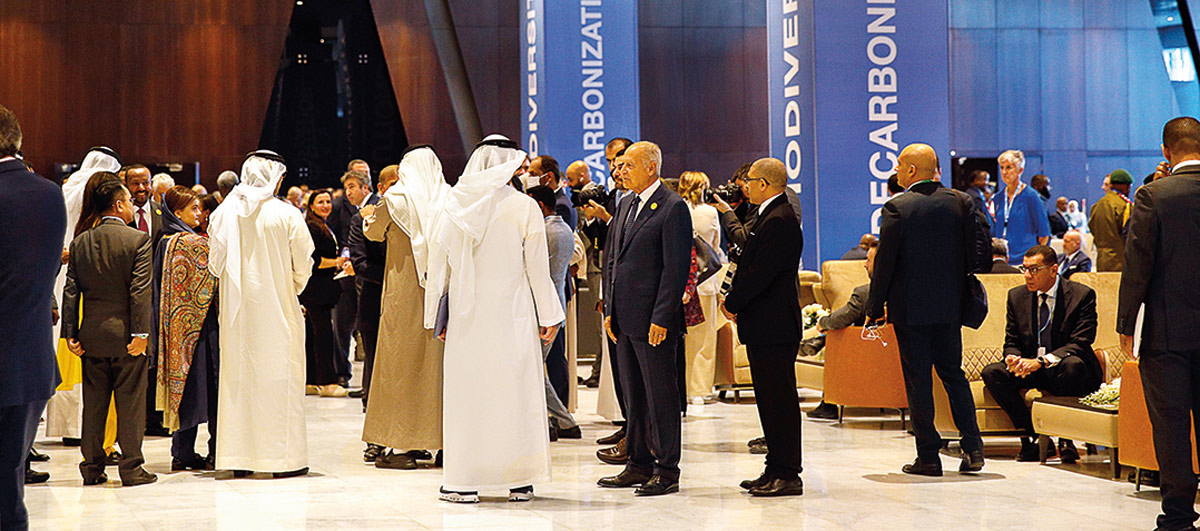
"Concrete is the No. 1 produced material in the world, and it has a huge carbon cost," says Spencer Smith '24G. "That’s because mining the limestone that makes Portland cement used in concrete mix creates tons of emissions."
Smith (pictured), a master’s student in the Department of Civil and Environmental Engineering, is working with associate professor John T. Fox on life-cycle analysis of concrete made using fly ash—a byproduct of coal-burning power plants—as replacement for Portland cement. The project is looking at how much carbon it takes to make a pound of the fly-ash alternative concrete versus a pound of the traditional product.
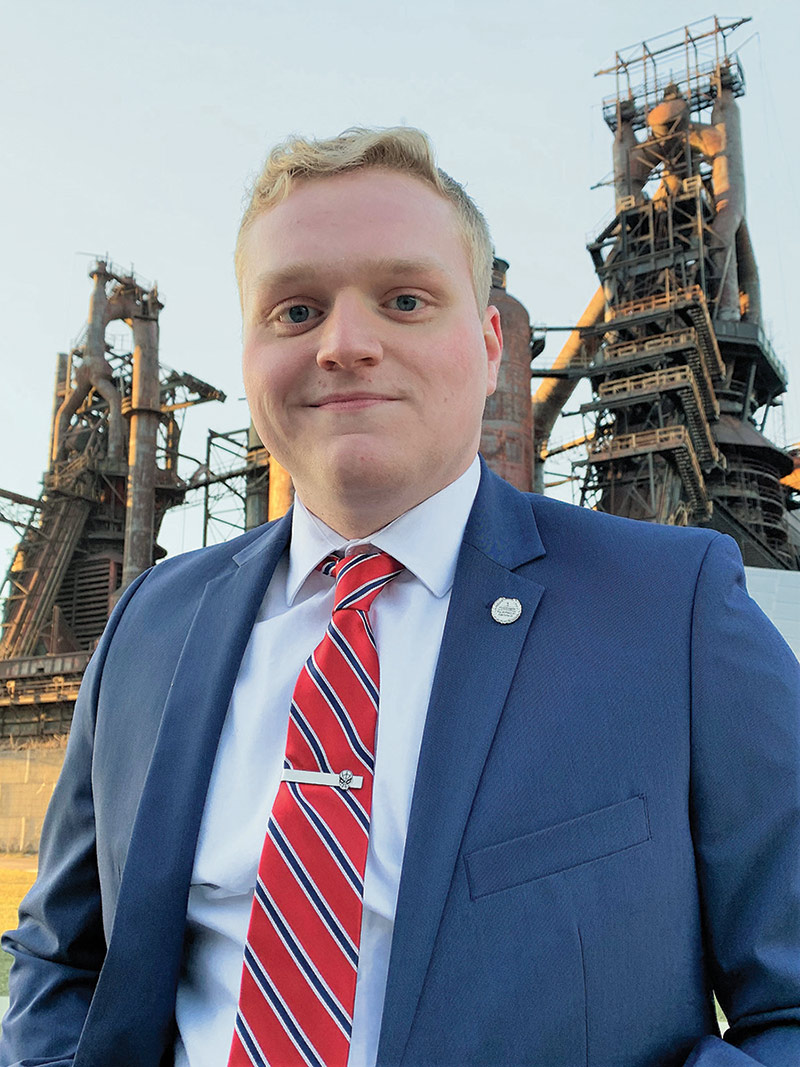 “Anything we can do to reduce the levels of limestone in concrete will reduce those emissions,” says Smith, who has been interested in environmental engineering and sustainability since high school.
“Anything we can do to reduce the levels of limestone in concrete will reduce those emissions,” says Smith, who has been interested in environmental engineering and sustainability since high school.
In November 2022, he attended COP 27, the most recent Conference of the Parties to the United Nations Framework Convention on Climate Change, in Sharm El-Sheikh, Egypt, as an ambassador for the American Chemical Society (ACS) and for the United States.
“The big thing that’s happening in carbon capture right now, is this idea of the carbon market, which puts a value on keeping carbon out of the atmosphere,” he says. “And so at COP 27, people were talking about how they can utilize the carbon market to live more sustainably, but also, potentially, to elevate their standard of living.”
This was Smith’s second trip to COP as an ACS ambassador, having traveled to Glasgow, Scotland, in 2021 as an undergraduate at York College of Pennsylvania. (His most recent trip was funded in part by the ACS, Lehigh, and Smith himself.)
“We went to Capitol Hill and got delegate training from members of the State Department and other government officials on how to talk to politicians and business leaders,” he says. “As scientists, we can easily get into the weeds on topics we care about, but we need to make sure that what we’re saying is on a level that people can understand.”
As a delegate in Egypt, Smith was able to access events, exhibitions, and talks in the Green Zone, where he spoke with fellow students from 1PointFive, a Texas-based company building one of the country’s first direct air capture plants with the goal of capturing excess carbon in the atmosphere. He also had access to the Blue Zone, a UN-managed space for attendees accredited by the organization, where he spoke to Indigenous leaders, fellow engineers, and artists about their various approaches to sustainability. He also heard talks on the use of carbon capture in the production of sustainable fuels in the aerospace industry, as well as how another country (Japan) is working in tandem with a carbon capture plant to use calcium carbonate–created from captured carbon–to replace limestone in their own replacement concrete.
“My goal is to make connections,” he says. “It’s easy for me to sit in a lab, and say carbon capture is going to change the world. But COP offers an amazing opportunity to talk with people who are already doing this work, who’ve already found solutions, or who are willing to partner up and work with you on different approaches to solving the emissions problem. We here in the U.S. have a lot to learn from the rest of the world, and so I’m using my experiences at COP to inform my work in the lab, and hopefully, eventually, to the job site. For me, these conferences have completely changed my life.”

